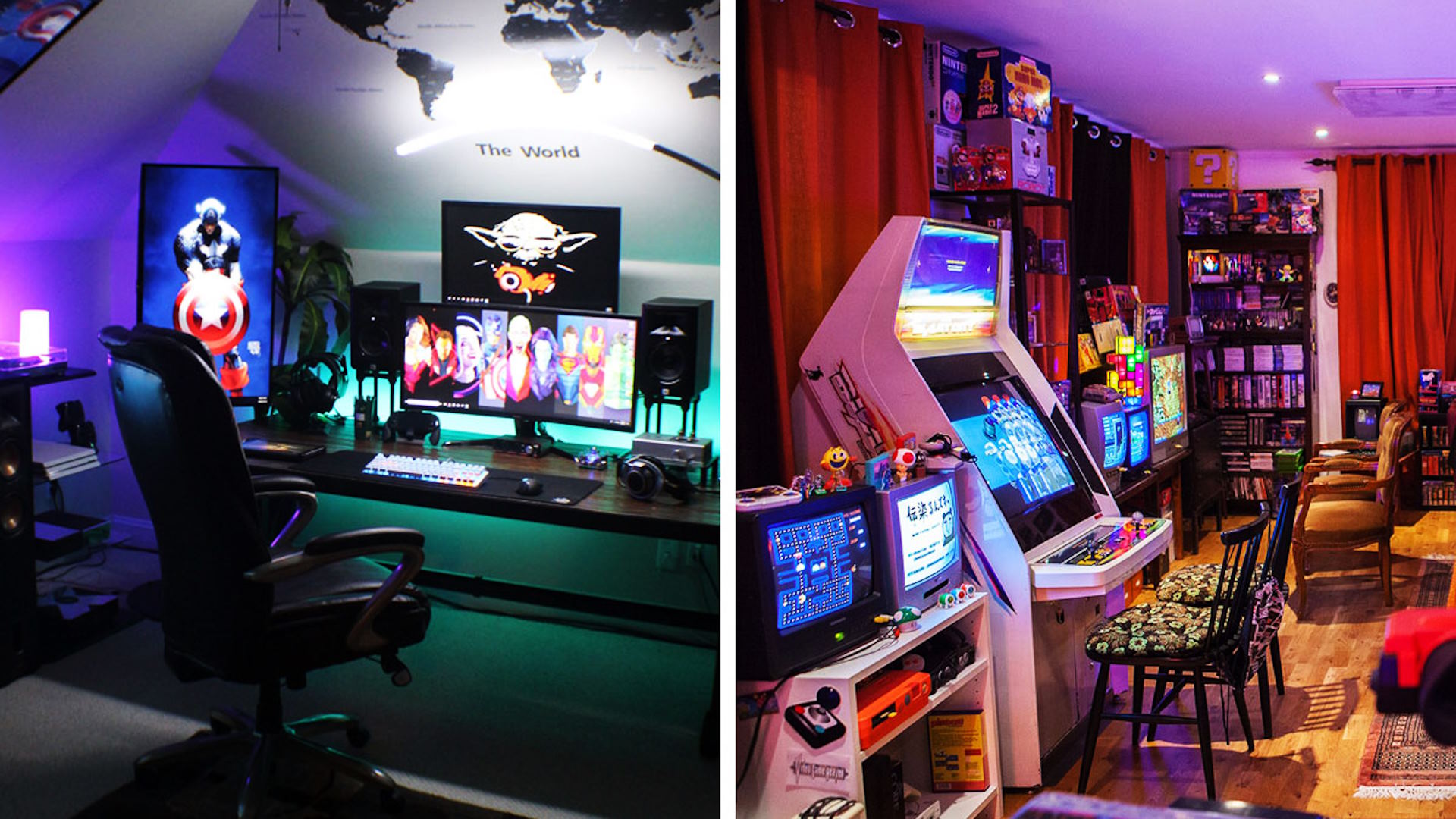Arcade games have had a profound impact on the gaming industry, shaping the way we play and experience games today. From their humble beginnings in arcade cabinets to their influence on modern home consoles, arcade games revolutionized gaming culture and paved the way for home gaming systems. This article explores the evolution from arcade cabinets to home gaming systems and the lasting influence of classic arcade games on contemporary gaming.
The Influence of Classic Arcade Games on Modern Home Consoles
- Introduction of Iconic Games
Classic arcade games like “Pac-Man,” “Space Invaders,” and “Donkey Kong” were more than just popular pastimes; they set the stage for future gaming innovations. These games introduced concepts such as high scores, level progression, and character development, which became fundamental in-home gaming. Their success demonstrated that engaging gameplay could captivate players and sustain their interest, principles that modern consoles continue to build upon.
- Technological Innovations
Arcade games played a crucial role in advancing gaming technology. The development of new graphics and sound technologies in arcades laid the groundwork for home consoles. Innovations such as high-resolution graphics and complex soundtracks, first seen in arcades, were eventually incorporated into home gaming systems, enhancing the overall gaming experience.

Arcade Games Revolutionized Gaming Culture
- Social and Cultural Impact
Arcade games transformed social interactions and pop culture. Arcades became gathering spots where players competed, socialized, and shared their gaming experiences. This culture of communal gaming influenced the design of home gaming systems, which aimed to replicate the social aspects of arcades through multiplayer options and online connectivity.
- Gamification and Replay Value
The emphasis on replayability and achieving high scores in arcade games encouraged players to return frequently, a principle that has been carried over to home gaming. Modern games often incorporate similar mechanics, such as achievements and leaderboards, to keep players engaged and motivated.

The Evolution from Arcade Cabinets to Home Gaming Systems
- Transition to Home Consoles
The shift from arcade cabinets to home gaming systems began in the 1970s and 1980s with the introduction of consoles like the Atari 2600 and the Nintendo Entertainment System (NES). These systems brought the arcade experience into the living room, allowing players to enjoy their favorite games at home.
- Continued Innovation
Home gaming systems have continued to evolve, incorporating features such as online multiplayer, virtual reality, and advanced graphics. The legacy of arcade games is evident in the design and technology of modern consoles, which strive to deliver immersive and engaging experiences similar to those found in arcades.
Arcade games were instrumental in shaping the gaming industry, influencing both the technology and culture of home gaming systems. From introducing iconic games and technological advancements to revolutionizing social interactions and replay value, arcade games laid the foundation for the vibrant and diverse gaming experiences we enjoy today. The transition from arcade cabinets to home consoles marks a significant evolution in gaming, with arcade games continuing to inspire and impact modern gaming culture.

